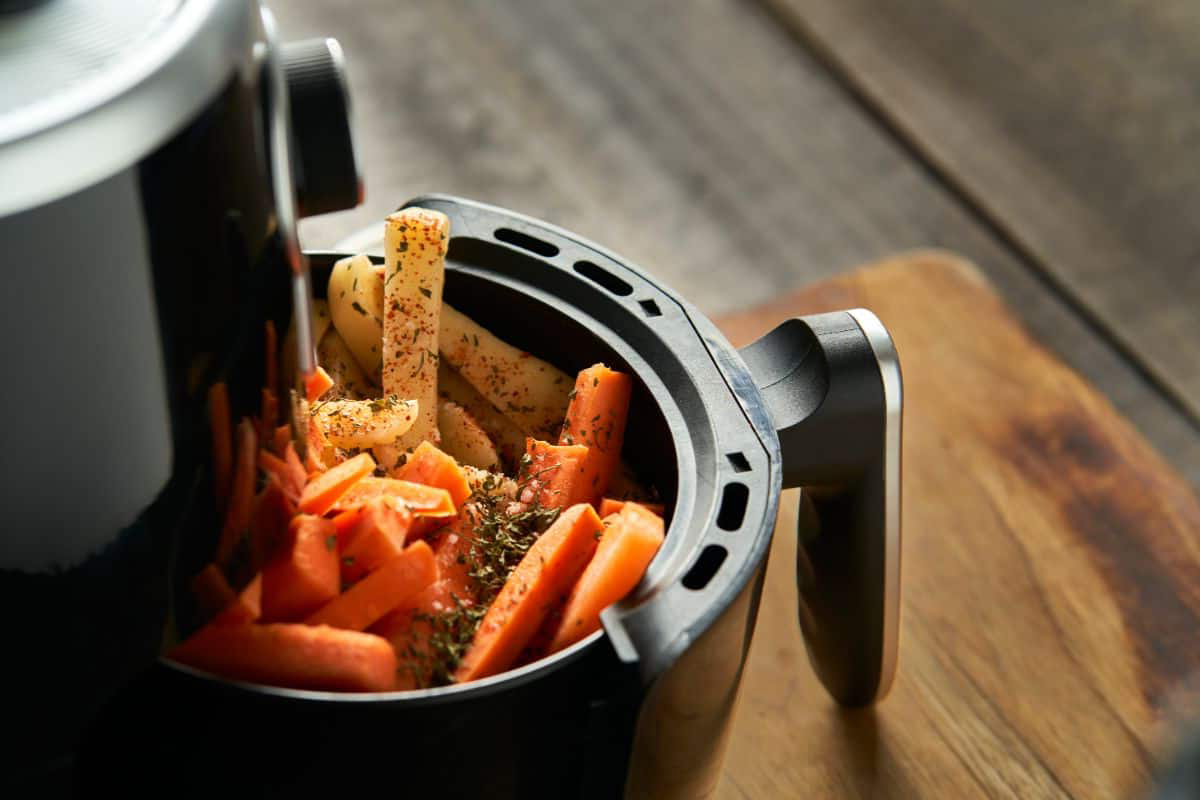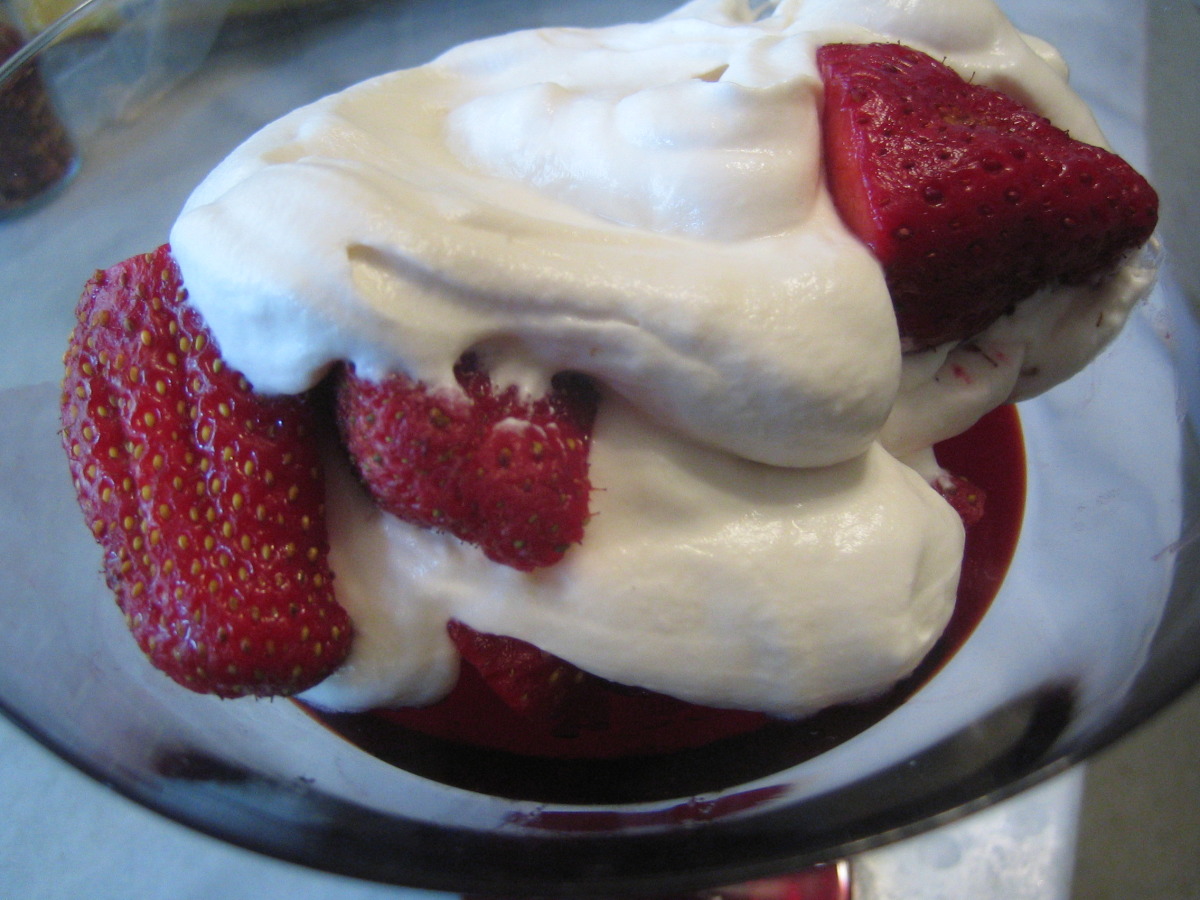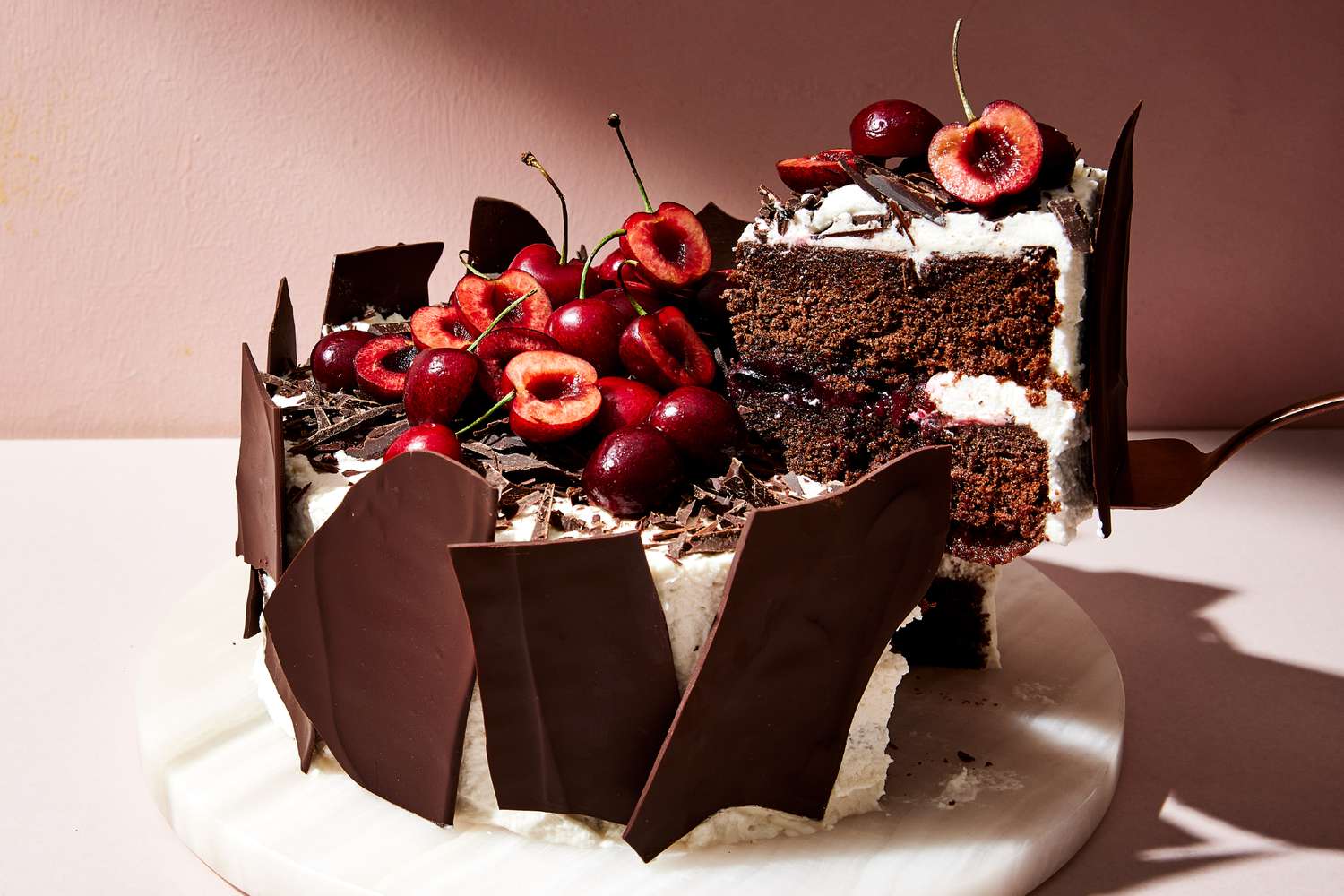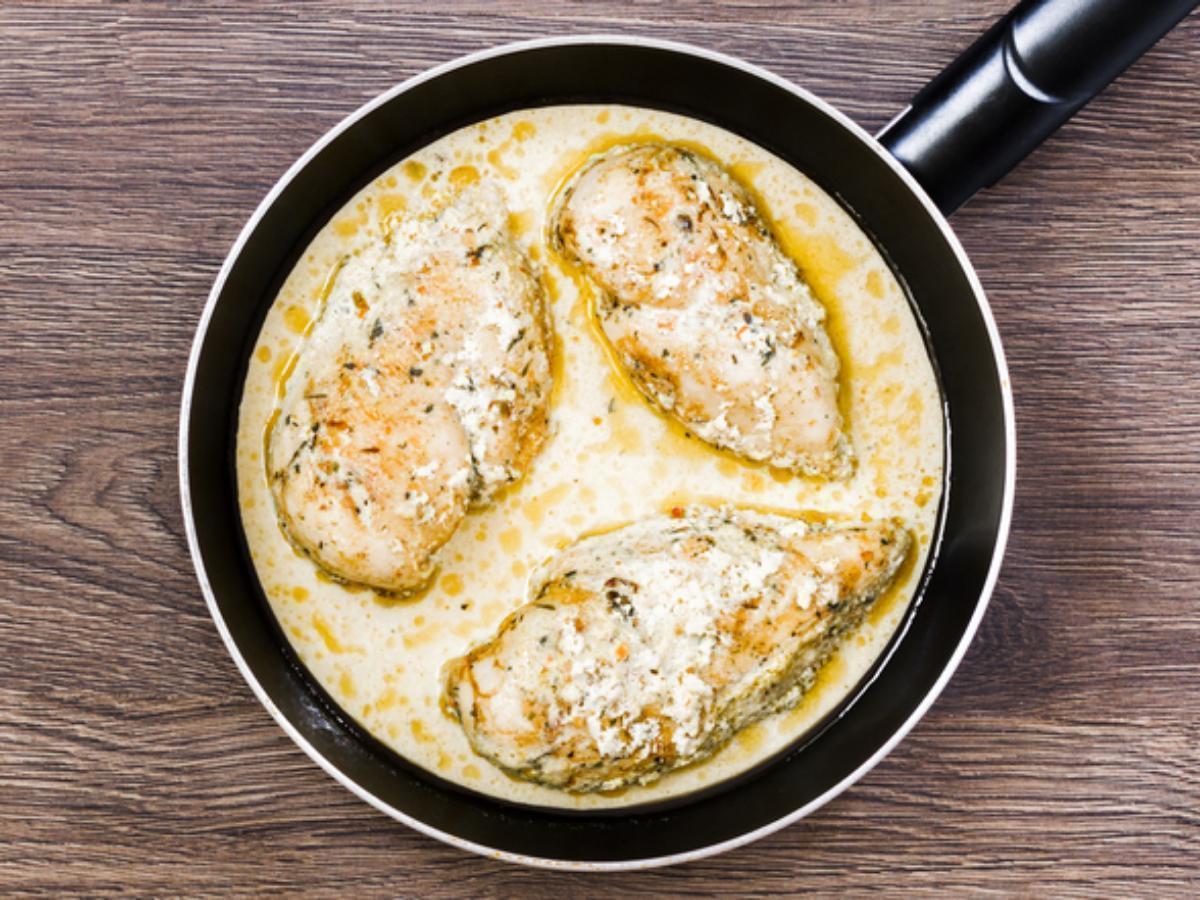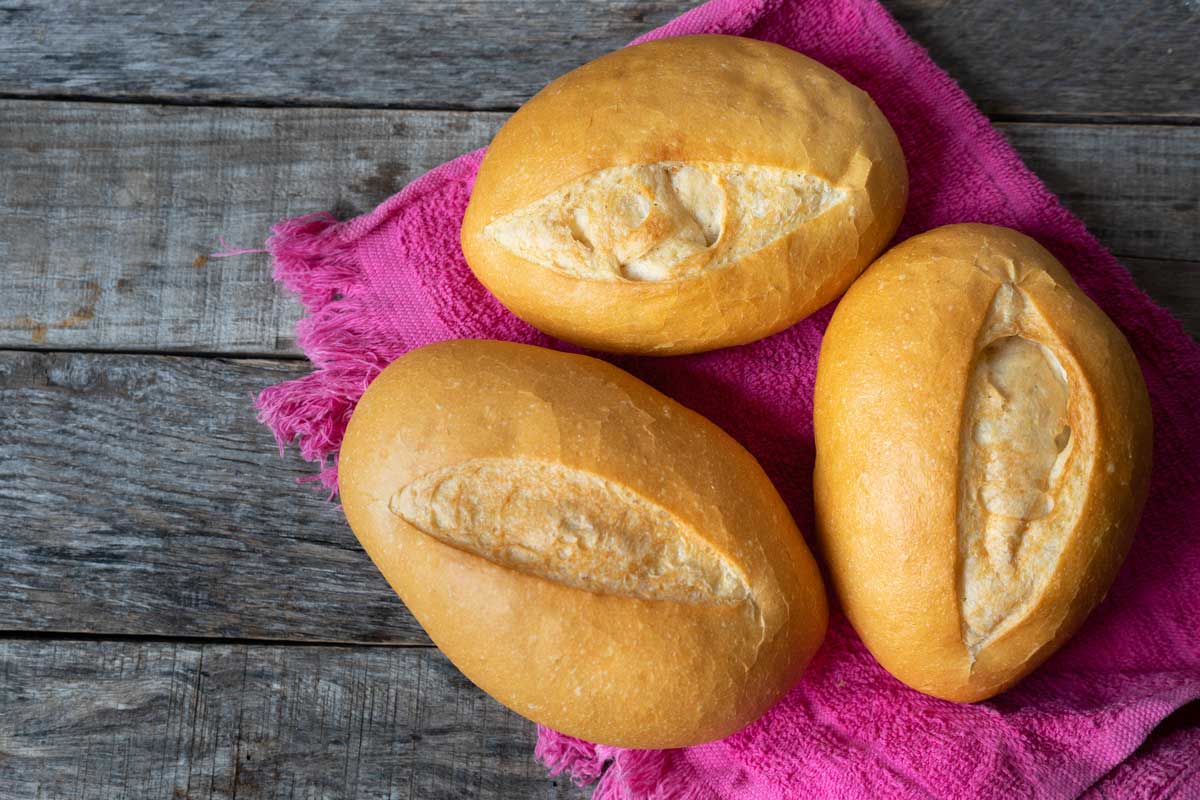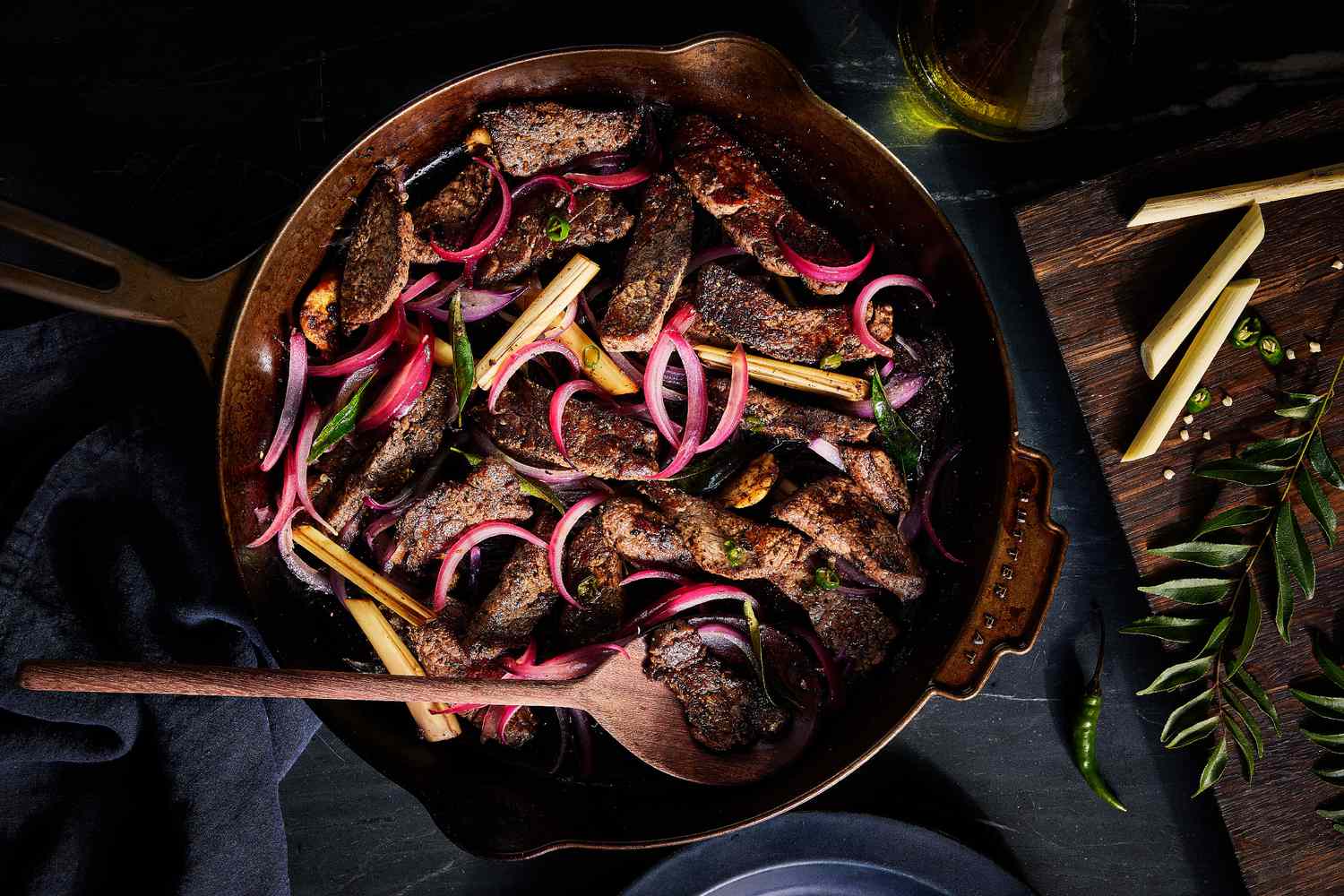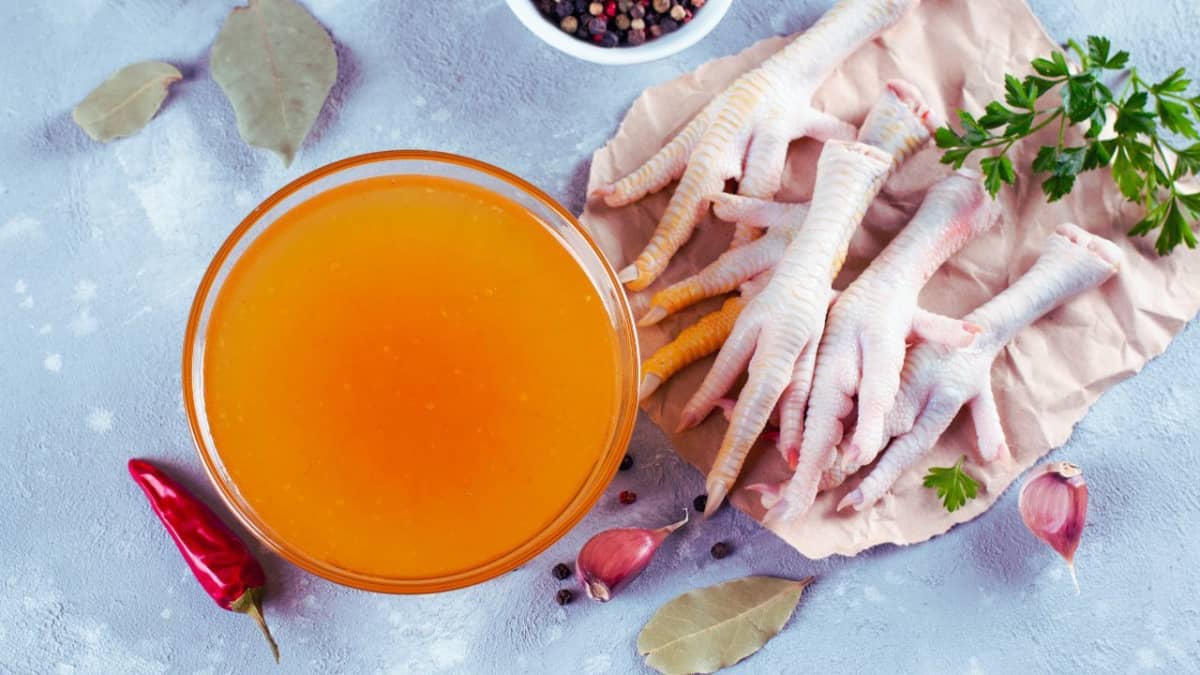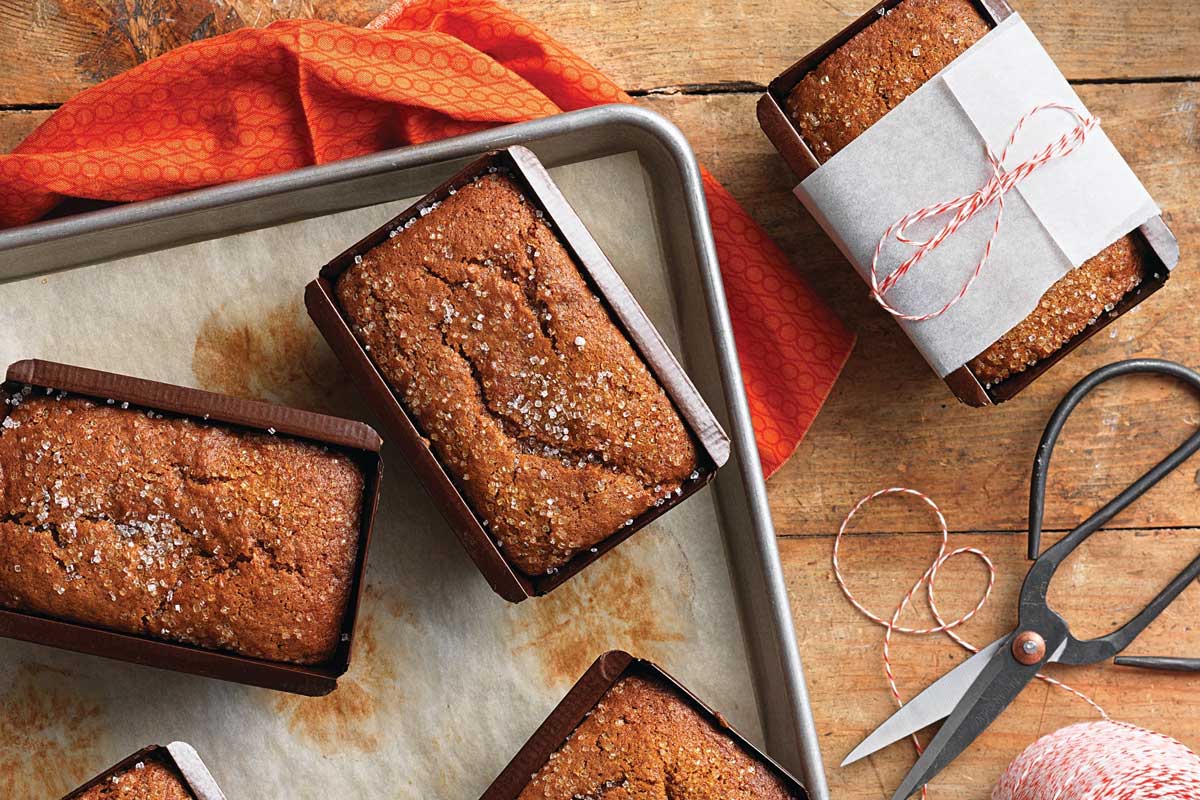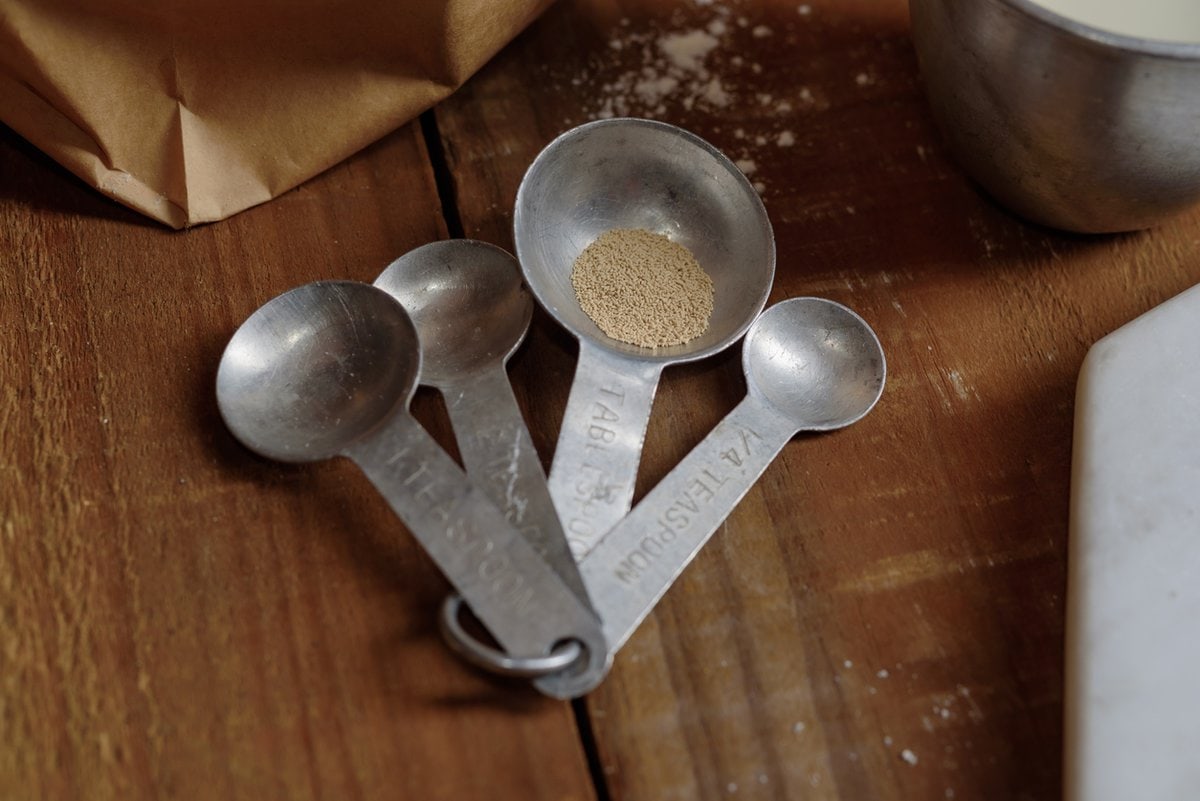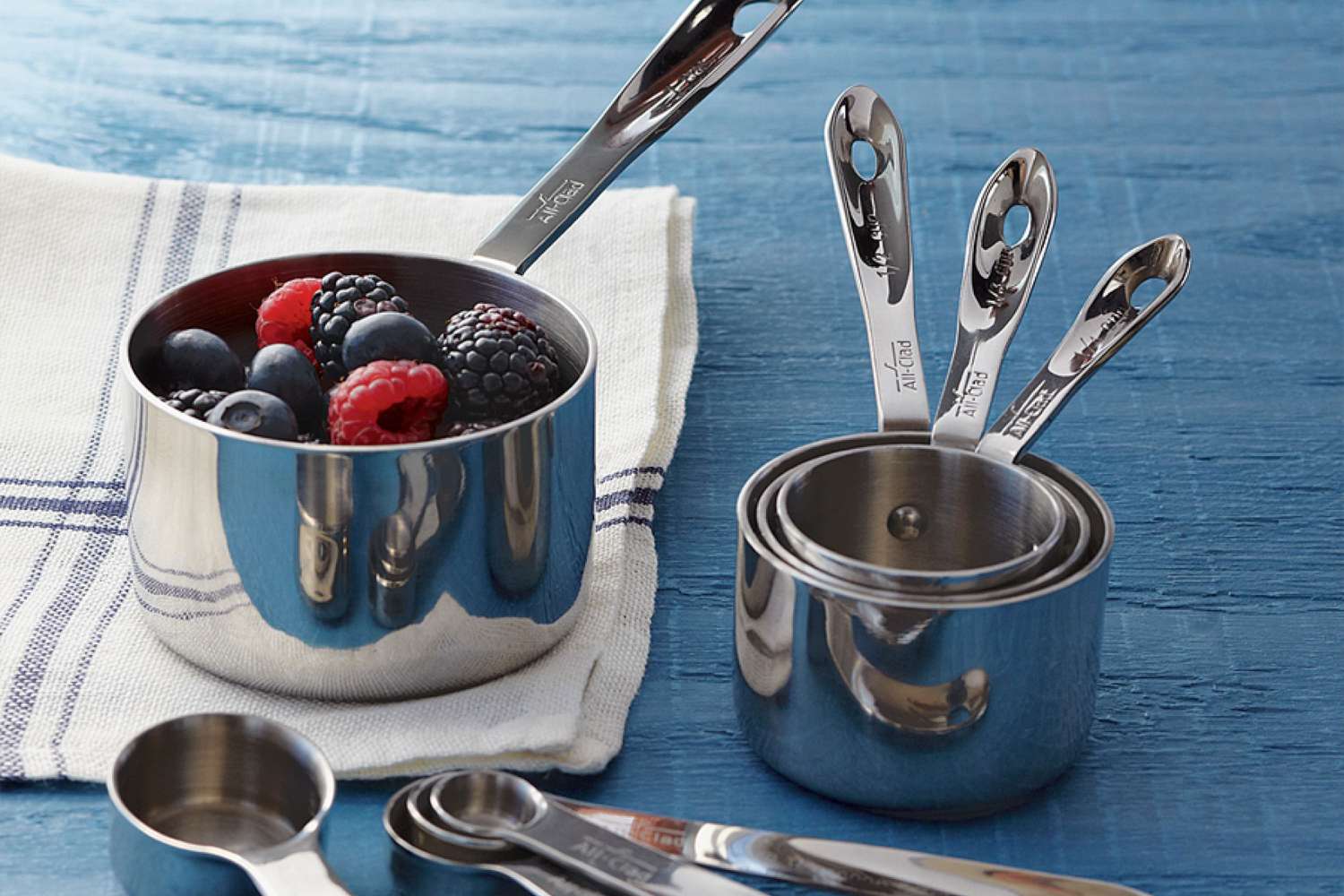Understanding Blanching: What It Is and How It Works
Have you ever come across the term “blanching” in a recipe and wondered what it actually means? Blanching is a cooking technique that involves briefly immersing food in boiling water, followed by rapid cooling in ice water. This process is commonly used in the culinary world for various reasons, and it can have a significant impact on the texture, color, and flavor of the food being prepared.
Why Do We Blanch Food?
Blanching serves several purposes, and understanding its benefits can help you make the most of this cooking technique. Here are some of the reasons why blanching is commonly used in the kitchen:
- Preserving Color: Blanching helps to preserve the vibrant color of fruits and vegetables by deactivating enzymes that can cause discoloration.
- Removing Skin: It can make it easier to peel the skin off certain foods, such as tomatoes and peaches, after blanching.
- Reducing Bitterness: Some vegetables, like kale and broccoli, can become less bitter after blanching, making them more palatable.
- Softening Texture: Blanching can partially cook certain foods, making them more tender and easier to work with in subsequent recipes.
How to Blanch Food
Now that you understand the benefits of blanching, let’s take a look at the basic steps involved in blanching food:
- Prepare an Ice Bath: Fill a large bowl with ice water and set it aside. This will be used to rapidly cool the blanched food and stop the cooking process.
- Boil Water: Bring a pot of water to a rolling boil. It’s important to use enough water to fully submerge the food you’ll be blanching.
- Add the Food: Carefully place the food into the boiling water. The blanching time can vary depending on the type of food, so it’s essential to follow a recipe or specific guidelines for the best results.
- Transfer to Ice Water: Once the blanching time is up, quickly remove the food from the boiling water and transfer it to the ice water bath. This will halt the cooking process and help retain the food’s color and texture.
- Drain and Use: After the food has cooled in the ice water, it can be drained and used in your desired recipe, or it can be frozen for later use.
Common Foods That Are Blanched
Blanching is a versatile technique that can be used for a wide range of foods. Some common examples of foods that are often blanched include:
- Vegetables: Green beans, broccoli, cauliflower, and asparagus are commonly blanched before being used in salads, stir-fries, or frozen for long-term storage.
- Fruits: Peaches, tomatoes, and grapes are often blanched to facilitate peeling or to preserve their color and texture for canning or freezing.
- Nuts: Blanched almonds are a popular ingredient in various recipes, and the blanching process helps to remove their skins for a smoother texture.
- Leafy Greens: Spinach, kale, and other leafy greens can benefit from blanching to reduce bitterness and prepare them for use in soups, stews, or as a standalone side dish.
Conclusion
Blanching is a valuable cooking technique that can enhance the quality and appeal of various foods. Whether you’re looking to preserve the color of fresh produce, soften the texture of vegetables, or prepare ingredients for further cooking, blanching can be a useful tool in your culinary repertoire. By understanding the benefits of blanching and mastering the basic steps involved, you can elevate your cooking skills and create dishes that are visually appealing and delicious.
Was this page helpful?
Read Next: What Is Canning Salt?
